2022 Lexus NX 450h+ First Drive Review: Plugged-In Progress

FAST FACTS
| Engine: | 2.5L I4 w/ 3 electric motors |
| Output: | 304 hp (NX 450h+) |
| Transmission: | CVT, AWD |
| US fuel economy (MPG/MPGe): | 37/84 |
| CAN fuel economy (L/100KM/Le/100KM): | 6.4/2.8 |
| Starting Price (USD): | $56,635 (est, inc. dest.) |
| As-Tested Price (USD): | $56,635 (est, inc. dest.) |
| Starting Price (CAD): | $77,765 (inc. dest.) |
| As-Tested Price (CAD): | $77,765 (est, inc. dest.) |
You’re going to hear a lot of happy car journos today.
Never mind the new platform, the improved ride, or Lexus’ first plug-in hybrid. The biggest news about the 2022 Lexus NX lineup is the luxury brand mercifully ditching the infotainment touchpad. The skies parted, the sun shone a little brighter, and little winged people sang.
But make no mistake: you should pay attention to all those other changes, too. As the NX has matured into its second generation, it offers a more cohesive compact luxury crossover package.
Get a Quote on a New Lexus 450h+Contributing writer Gabe Ets-Hokin drove the whole lineup during the launch event in Arizona. His NX first drive covers them all, with a focus on the gas-only models. A week later, I spent some time with both the turbocharged NX 350 and the PHEV you’ll read about here.
What’s new?
Pretty much everything. The second-generation Lexus NX has migrated to the ubiquitous TNGA platform, a collection of parts so diverse it can underpin the Toyota Yaris, the Sienna minivan, and pretty much everything in between. The closest relative to the NX is, as it was before, the RAV4. That’s reflected in their similar sizes, as well as the engine lineup, which now numbers four in total.
The base-level NX runs the same 2.5-liter inline-four as its Toyota sibling, producing a similar 203 horsepower and 184 pound-feet of torque. A larger, more powerful 2.4-liter turbocharged engine is under the hood of the NX 350, which provides it a very competitive 275 hp and 317 lb-ft of torque. Both engines lash up to an eight-speed auto; the 2.5 can be had with front- or all-wheel drive, while the turbo is all-paw only.
SEE ALSO: 2021 Lexus LC 500 Coupe Review: Exquisite ExpressThere’s now two hybrid options as well. The NX 350h is a typical series-style hybrid, pairing a leaner Atkinson-cycle 2.5-liter with no less than three electric motors. A lithium-ion battery pack keeps the trio fed. Total output is 240 horsepower, running through a continuously-variable transmission. Finally there’s the plug-in hybrid model you see here, with an NX 450h+ badge on the tailgate. Same basic setup, but a bigger battery and stronger motors bumps its pony count to 304 hp.
The whole package comes wrapped in … well, technically a new look. It’s definitely more evolution than revolution, still sharing a lot of its basic shapes with the outgoing model. In person it’s much tidier than before, and appropriately upscale. The front bumper doesn’t sweep back as much, so the spindle grille no longer looks like a beak. Lexus is jumping on the full-width light bar bandwagon, but it works, especially with the spelled-out “L E X U S” instead of the logo. In this blue it’s an attractive if slightly anonymous look; I’m sure, in typical silver, it’ll blend right in at the mall.
Lexus has gone much more dramatic inside. Everything about the layout is new: even the old cheap-feeling steering wheel is gone. While the digs are low-key classy—and space for people and cargo both are up—there’s a whole new infotainment system paired with much bigger screens.
Touchscreen and tech
Ahead of my drive, my local Toyota PR person pitched the idea of a dedicated event to cover this new user interface. Not, as I would soon find out, because of a steep learning curve, but because this system is so different from what came before. And deep. The design is thoroughly modern, and keeping the main menu buttons on the left side means no reaching for the driver. Lexus has also wisely kept the climate controls on screen all the time. Even better, there are little rotary dials for temperature floating above the bottom corners. It’s a cool look in the Mustang Mach-E, and it’s cool here.
SEE ALSO: 2020 BMW X3 PHEV Review: Plug-In the One to HavePoking my way around the menu of this pre-production prototype, I’m impressed with how natural it all is. Wireless Apple CarPlay and Android Auto are standard; the former gives me some minor issues on my first leg, but zero on the second. The system takes a while to boot up the first time too, but much quicker after only a short time with the ignition off. The system utilizes cloud-based AI to go beyond basic features: it will answer basic trivia questions you may have. It also uses a profile system, so different drivers have easy access to their preferences, even between multiple cars.
The accompanying digital gauge cluster is sharp and very legible. It’s not overloaded with info, though different driving modes do change the display. What impresses me so much more is the head-up display. This makes heavy use of the wheel-mounted controls to directly display multiple pieces of information. Cycling through is as easy as a few wiggles of the thumb. It takes a short while to get used to, but by the end of my day with the NX, I’m left wondering why more manufacturers don’t take a similar approach. I’ll just go ahead and say it: Lexus went from the back of the infotainment pack to right near the front.
There’s also a huge list of standard driver assists, all grouped under the Lexus Safety System+ umbrella. All the usual suspects are here—lane-departure alert and assist, auto high beams, adaptive cruise control, automated emergency braking, you get the picture. Joining the band are improved pedestrian detection in corners, curve speed management for the cruise control, road sign reading, and left turn oncoming vehicle detection. A digital mirror is optional, plus a remote park assist feature.
Interior and comfort
The rest of the interior ain’t too shabby, either. Lexus has given the entire space a glow up, with a clean overall design and a tasteful two-tone look in this tester. High points: the tasteful bits of black wood aligning with the air vents; the thin A-pillars; the complete lack of any controls sitting behind the shifter. Less good: the large expanse of black plastic directly ahead of the passenger (broken up here by the prototype sticker); liberal amounts of piano black. I’m also surprised to find electronic door handles here. Typically the reserve of EVs, they still strike me as a needless complication. Toyota says it’s to make opening the door one smooth motion. Whatever the reason may be, you can simply pull them twice for a mechanical override.
SEE ALSO: Ford Mustang Mach-E vs Tesla Model Y ComparisonInterior space is largely the same as before: there’s 37.1 inches (942 millimeters) of front headroom, and 41.0 inches (1,041 mm) of legroom. Rear seat passengers have up to an inch (25 mm) more headroom based on moonroof style, and the same 36.1 inches (917 mm) of legroom as the outgoing NX. I’m able to sit comfortably “behind myself,” though rear-seat rides measuring over 6’0″ may find it a pinch.
The soft seats are plenty supportive in both rows, though of course the fronts are the place to be. The seat height makes getting in and out an almost perfectly lateral movement, good news for anybody with a circa-30-inch inseam. Bonus points for the fast-acting seat ventilation, too.
Driving experience
I’m a big fan of PHEV setup in the RAV4 Prime, so I was happy to start the day in the 450h+. With its battery nearly topped up, the EV-only range suggested 50 km (30 miles). It ended up being bang-on. Running on only battery power, the NX responds to throttle inputs quickly, but obviously lacks the outright power to sprint away from lights. It’s perfectly useful around the city, but prepare to annoy 18-wheelers on the highway. Switch over to hybrid mode and the combined 304 hp should be enough to get up to 62 mph (100 km/h) in 6.2 seconds.
SEE ALSO: 2021 Toyota RAV4 Prime First Drive Review: Plug-In PowerThere’s one small problem with the hybrid setup though: that noisy 2.5-liter engine. When it blares to life in a RAV4, it’s a borderline-acceptable din; that’s the price one pays for stellar fuel economy in a mainstream SUV. But the NX is a knocking on the door of $60,000 ($75,000 CAD), and that level of refinement is a lot harder to justify there. Lexus estimates an 84 mpg-equivalent rating (2.8 Le/100 km), so you’re still saving big at the pumps.
The switch to the TNGA platform has shaved some 210 pounds (95 kg) from the NX. The PHEV parts pile the pounds back in though, with a curb weight of 4,475 lb (2,030 kg). The crossover feels that chunky in the corners, where there’s a reasonable amount of body roll and the tires quickly protest. The steering is quick and consistent, however, and the suspension copes well with rough surfaces. Even in sport mode, the NX is very clearly comfort-oriented—which is the right call.
If your tastes ask for just a hint more verve and swerve, the NX 350 is the pick. It’s barely slower to highway speeds (6.8 seconds), but that thick wedge of torque and slick-shifting eight-speed auto makes it feel quicker.
Pricing
Even in the face of all these changes, Lexus has kept the pricing pretty stable for the 2022 NX. It starts at $39,025 for a front-drive 250 model, including destination. AWD is $1,600 extra. (Canada is AWD-only, where the NX 250 starts from $49,515 CAD). The turbo engine will cost you at least $42,625 ($57,515 CAD), while the NX 350h comes in at $42,125 ($52,015 CAD, because of trim differences).
The NX 450h+ starts from $56,635 in the US. The trim walk differs across borders here too: the PHEV starts at $62,065 CAD north of the border, but can stretch $15,000 higher for Executive or F Sport trims.
Lexus Canada’s Romaric Lartilleux says the company hopes for a 50/50 split between gas-only and hybrid models. The lion’s share of sales will go to the turbo and series hybrid.
Final thoughts: 2022 Lexus NX 450h+ First Drive Review
I’m not going to sugar-coat it: the outgoing NX was one of the least impressive vehicles I drove last year. Beyond the typical Lexus qualities of reliability and solid build quality, I couldn’t recommend it over pretty much anything else in the class.
The 2022 Lexus NX is a revelation, then. Here’s a crossover with refined on-road manners, more drivetrain options to please buyers, and classier design inside and out. The hateful touchscreen is gone, and the system that replaces it leapfrogs much of the competition. It still isn’t the sportiest of options (which honestly shouldn’t matter much in this segment), and the hybrid gets a little droney for a premium vehicle, but Lexus has turned in a vastly improved sophomore effort here.
Become an AutoGuide insider. Get the latest from the automotive world first by subscribing to our newsletter here.
LOVE IT
- Plug-in power finally arrives
- Excellent new infotainment
- Refined, classy interior
LEAVE IT
- Droney four-cylinder
- PHEV is pricey
- Still not the sharpest drive

Kyle began his automotive obsession before he even started school, courtesy of a remote control Porsche and various LEGO sets. He later studied advertising and graphic design at Humber College, which led him to writing about cars (both real and digital). He is now a proud member of the Automobile Journalists Association of Canada (AJAC), where he was the Journalist of the Year runner-up for 2021.
More by Kyle Patrick



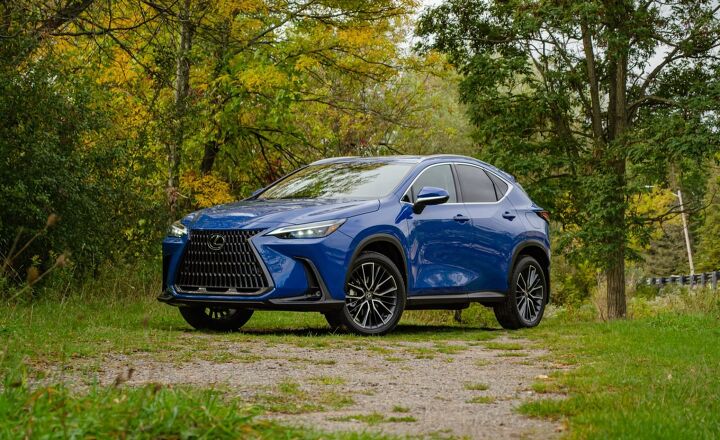





















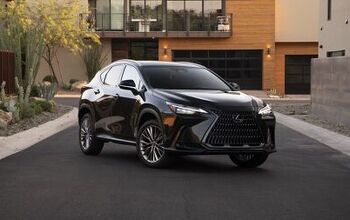
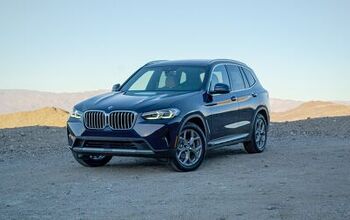
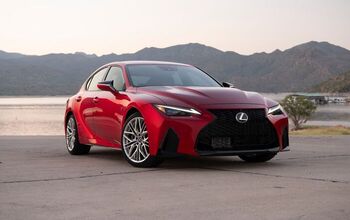
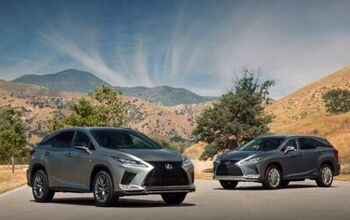

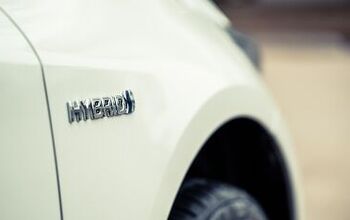
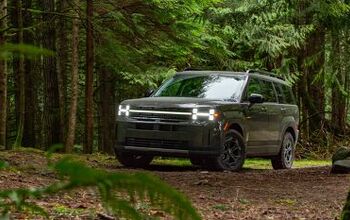
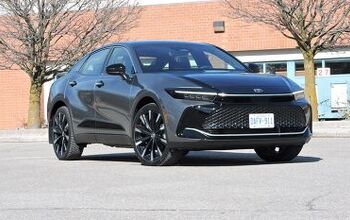

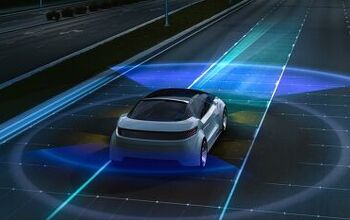
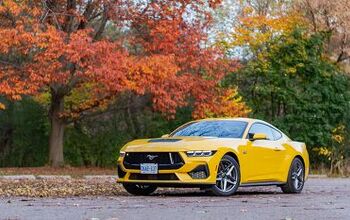

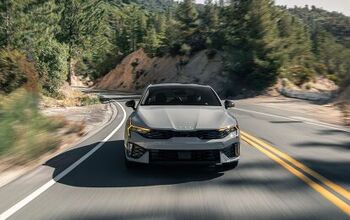
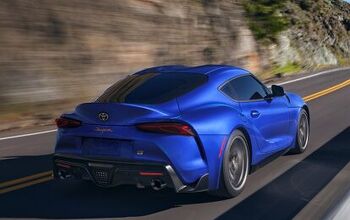
Comments
Join the conversation